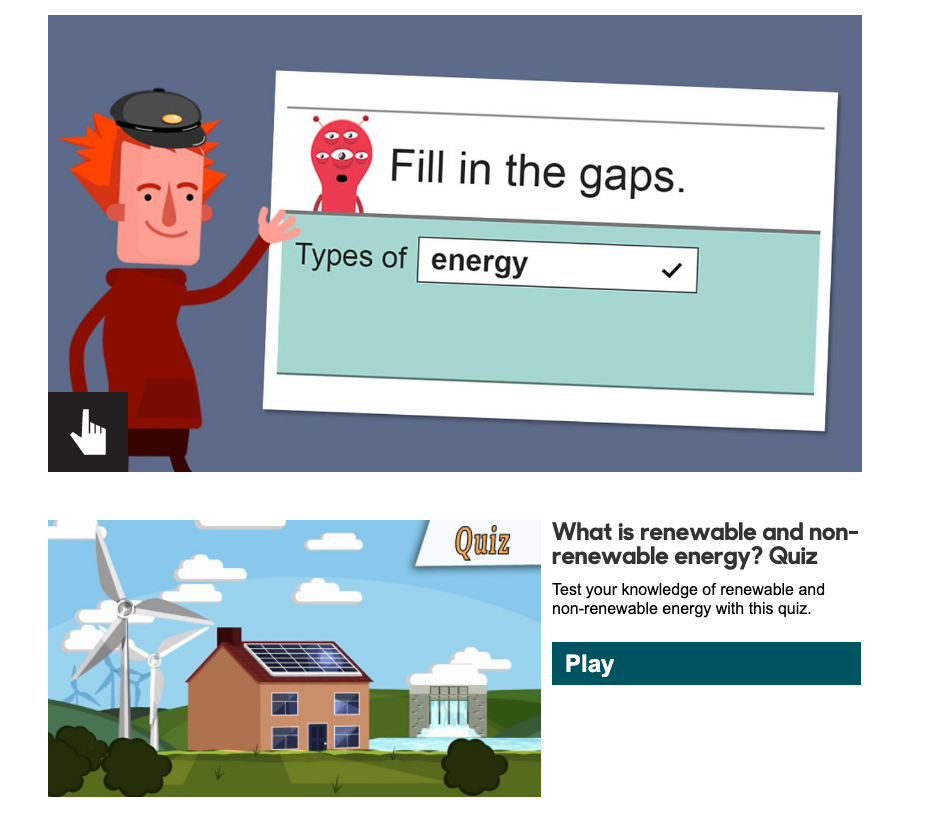Resource Key

LEVEL 1
brief, basic information laid out in an easy-to-read format. May use informal language. (Includes most news articles)

LEVEL 2
provides additional background information and further reading. Introduces some subject-specific language.

LEVEL 3
lengthy, detailed information. Frequently uses technical/subject-specific language. (Includes most analytical articles)
Linked Databases
- Britannica Schools This link opens in a new window
 Britannica School covers the core subject areas of English, Maths, Science and History. Interactive lessons, activities, games, stories, worksheets, manipulatives, study guides and research tools.
Britannica School covers the core subject areas of English, Maths, Science and History. Interactive lessons, activities, games, stories, worksheets, manipulatives, study guides and research tools.
- West Australian Digital Archive This link opens in a new window
 The West Australia Archive Digital Editions provides full text searching of past issues of the West Australian. Each issue is searchable the day after publication.
The West Australia Archive Digital Editions provides full text searching of past issues of the West Australian. Each issue is searchable the day after publication.
Introduction
Types of energy
There are two types of energy: renewable and non-renewable.
Non-renewable energy includes coal, gas and oil. Most cars, trains and planes use non-renewable energy. They are made by burning fossil fuels to create energy.
Renewable energy includes solar, hydro and wind energy. Wind energy is made when the wind moves the blades on a wind turbine. This movement creates wind energy which is converted into electrical energy.
Renewable Energy Quiz
Try these quiz's to see how much you know about renewable energy.
Renewable and non-renewable energy video - BBC bitesize
Keywords and Definitions
Biomass - Biomass is the name given to all plants and animals (including humans) on Earth.
Emissions - Substances released into the environment.
Energy Efficiency - Using less energy (electricity and/or natural gas) to perform the same function at the same level of quality.
Fossil fuels - Fuels such as coal, oil and petroleum that are derived from fossilised organic matter.
Generation - The process of transforming energy from coal, gas, falling water, sunlight, wind and geothermal heat to electrical energy.
Geothermal power - The energy contained in natural fluid reservoirs and rock formation in the earth's crust, which can be extracted usually in the form of high-pressure steam and used to power turbines to generate electricity. The fluids are returned underground.
Green energy - Energy generated from sources such as hydro power, solar, biomass or wind; also known as renewable energy.
Harnessing - To direct the force (or energy) of something. For example, solar panels can be used to harness the energy of the sun.
Hydropower - Using the energy from falling or flowing water to create electricity. Hydro-electric plants use the energy of water in dams and flowing rivers to turn turbine blades. The rotating blades spin a generator that turns the mechanical energy into electrical energy.
Non-renewable energy - Sources of energy that cannot be replaced when they have been used. Coal, natural gas and crude oil, all of which are fossil fuels, are examples of non-renewable energy sources.
Nuclear power - Energy stored in the nucleus of an atom. Atoms are invisible, but they make up the elements of the entire universe. Nuclear energy is released when atoms join together (fusion) or split (fission). The fusion reaction in the sun provides warmth and light, while the fission reaction at a nuclear power plant creates enough energy to power large cities.
Renewable energy - Energy that comes from sources that can be renewed or will never run out. This includes wind, sunlight, tides, gravity and geothermal heat.
Sustainable - Can be maintained at a stable level without draining natural resources or causing excessive harm to the environment.
Solar power - The radiant energy of the sun, which can be converted into other forms of energy such as heat or electricity.
Tidal power - Tidal energy is energy produced by the tides of the ocean. Tides are produced by the pull of gravity from the Moon as well as the spin of the Earth. There is a lot of energy in the movement of that much water.
Turbine - Any type of machine in which the energy of a moving fluid (water, air or steam) is converted into mechanical energy by making a blade rotate.
Wave power - Wave energy is energy harnessed from the waves of the ocean. Waves are formed by wind moving across the surface of the ocean. A large amount of energy is stored in waves.
Wind power - Energy from air flowing over the earth's surface used to create electricity. The energy of the wind turns blades of a wind turbine that’s connected to a generator, converting the kinetic energy of the wind to electricity.


